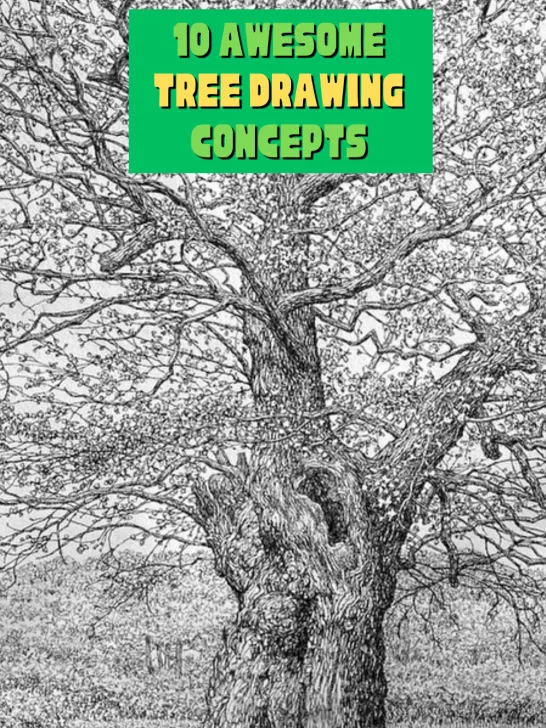Trees have always been a favorite subject for artists, offering endless inspiration through their forms, textures, and symbolism. Whether you’re an aspiring artist or a nature enthusiast, tree drawings provide a perfect blend of creativity and relaxation. In this list, we explore 10 mindblowing tree drawings that showcase the beauty of nature in pencil, ink, and more. From intricate details to abstract interpretations, these works are sure to inspire your next masterpiece.
Why Are Trees a Popular Subject in Art?
Trees have deep cultural and emotional significance, representing life, growth, and resilience. Their varied shapes and forms provide endless possibilities for artistic expression, whether through the rugged texture of bark, the gentle sway of branches, or the serene silhouette of a lone tree against the sky. Additionally, drawing trees hones an artist’s ability to observe and replicate patterns in nature, making them a timeless muse for beginners and seasoned artists alike.
How to Get Good at Drawing Realistic Trees
Drawing realistic trees takes practice, observation, and a deep appreciation for the intricate details in nature. Whether you’re a beginner or an experienced artist looking to refine your skills, here are some tips to help you master the art of tree drawing:
1. Study Real Trees
- Spend time outdoors observing trees. Pay attention to their structure, texture, and how light interacts with their surfaces.
- Note the differences between species—how an oak’s branches spread compared to a pine or a willow’s drooping silhouette.
2. Learn the Anatomy of a Tree
- Understand the basic structure: roots, trunk, branches, and leaves.
- Notice how branches grow—larger at the base and tapering as they extend outward.
- Leaves and foliage often grow in clusters, with spaces for light to pass through.
3. Practice Basic Shapes
- Start with the trunk and major branches using simple lines.
- Use ovals or circles to map out clusters of leaves.
- Focus on creating a strong silhouette to capture the tree’s overall shape.
4. Master Shading and Texture
- Use cross-hatching, stippling, or smudging techniques to create bark texture and depth.
- Add shadows and highlights to make your tree look three-dimensional.
- Experiment with different pencil pressures to depict rough bark, soft moss, or smooth leaves.
5. Practice Perspective
- Draw trees from various angles—looking up, straight on, or from above.
- Incorporate background elements to place your tree in a realistic setting.
6. Use References
- Work from photographs or live models to capture accurate details.
- Don’t be afraid to simplify complex details when you’re starting out.
7. Experiment with Mediums
- Try pencils, charcoal, ink, or even watercolors for different effects.
- Blend techniques to combine sharp details with softer textures.
8. Be Patient and Persistent
- Don’t rush the process; trees are intricate and take time to perfect.
- Keep practicing regularly, focusing on different aspects like bark texture one day and foliage another.
10 Mindblowing Tree Drawings to Spark Your Creativity
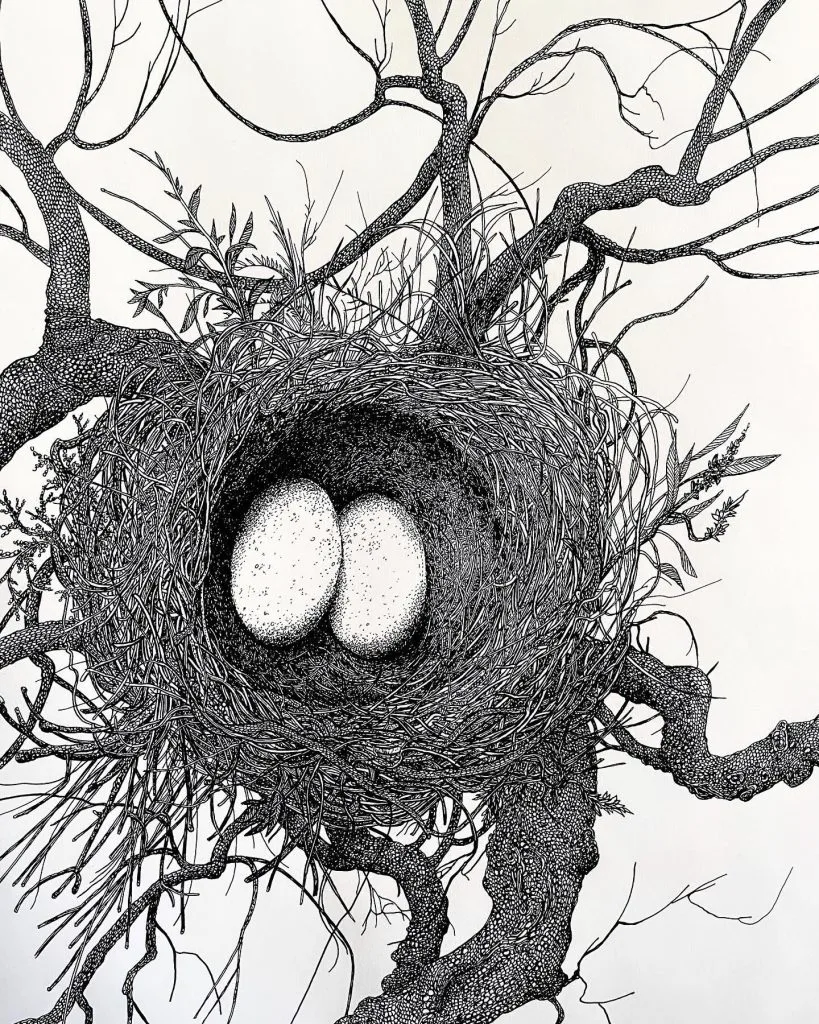
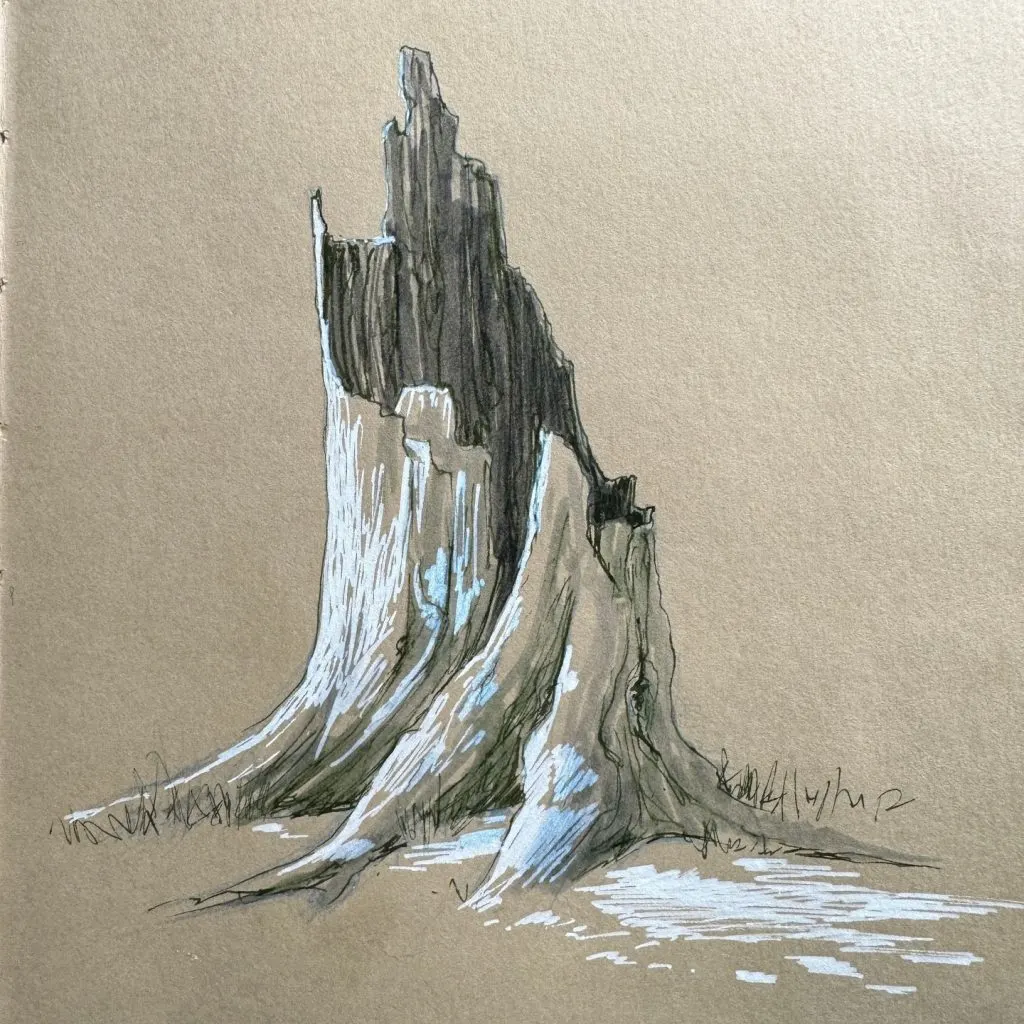
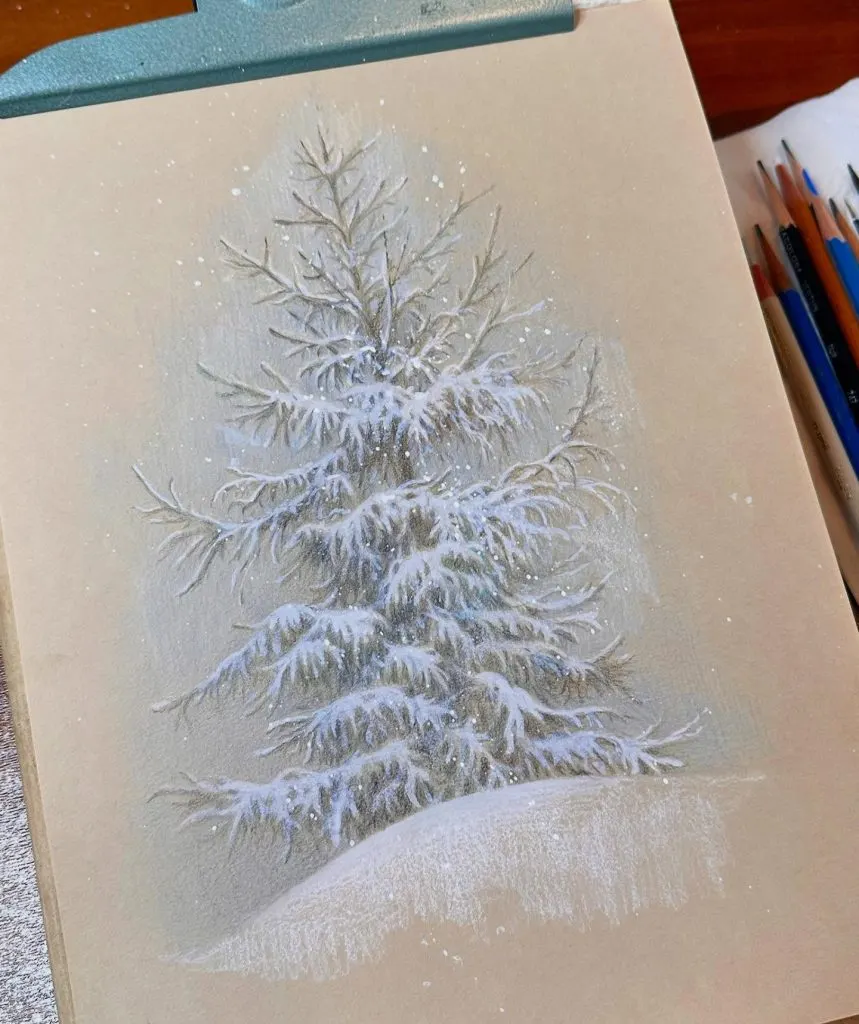
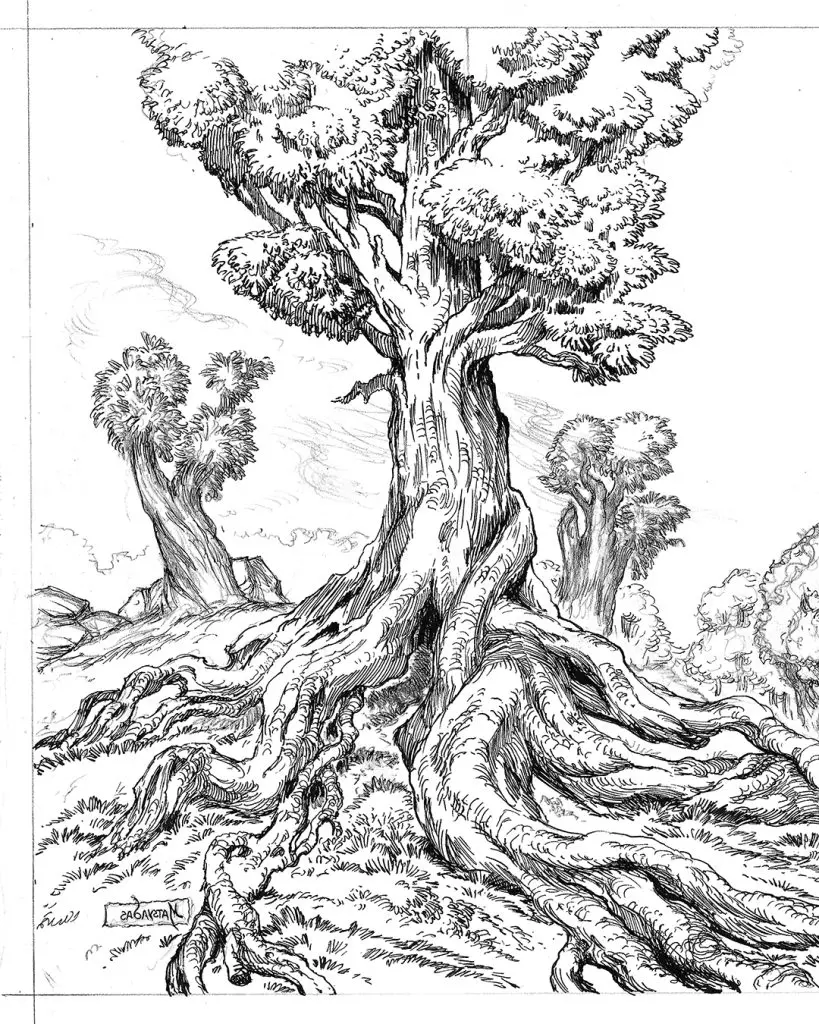
See Drawing Cats for beginners
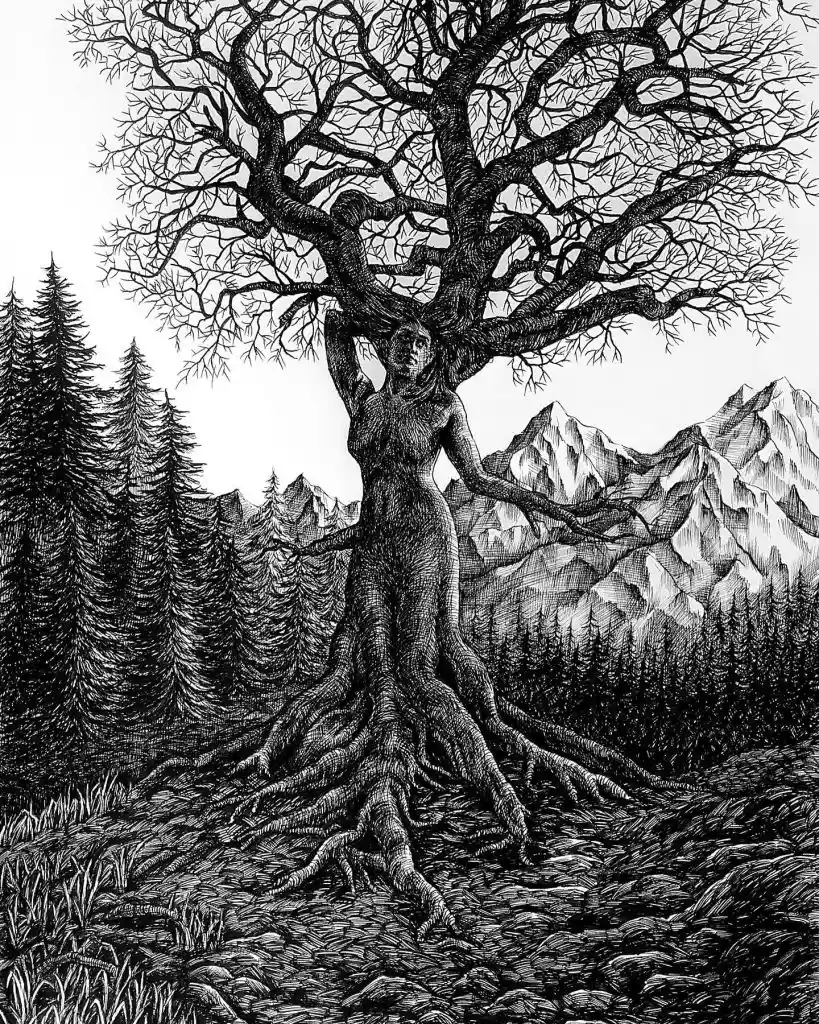
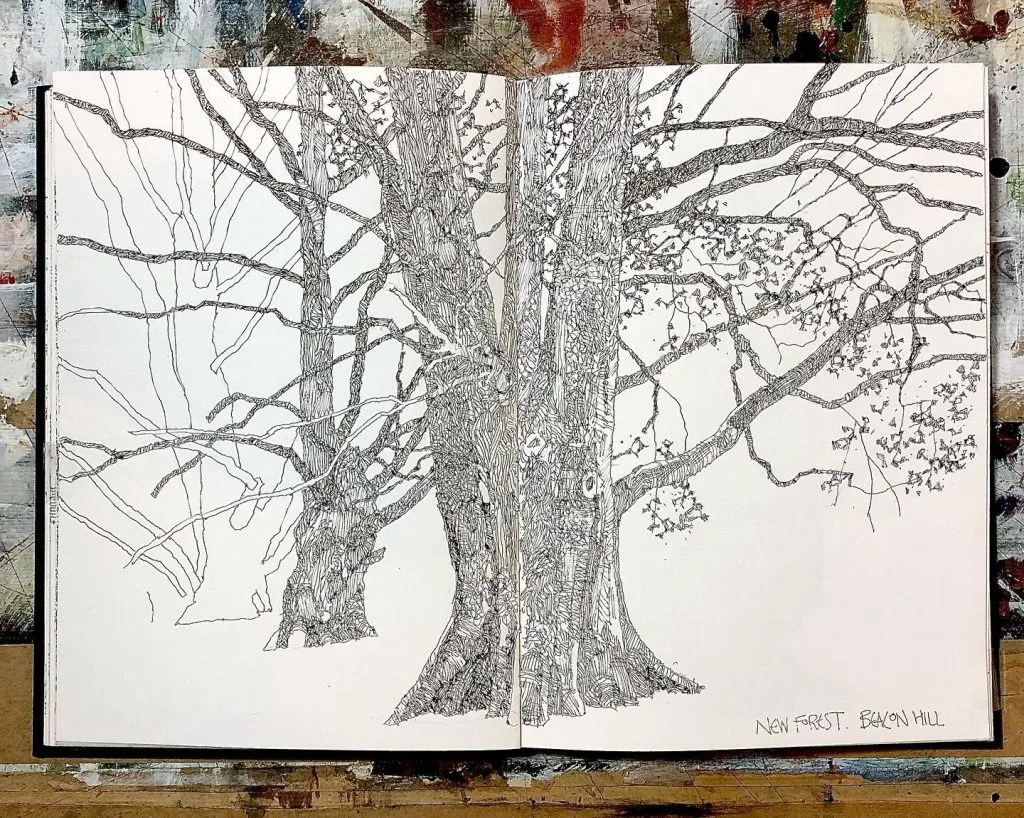
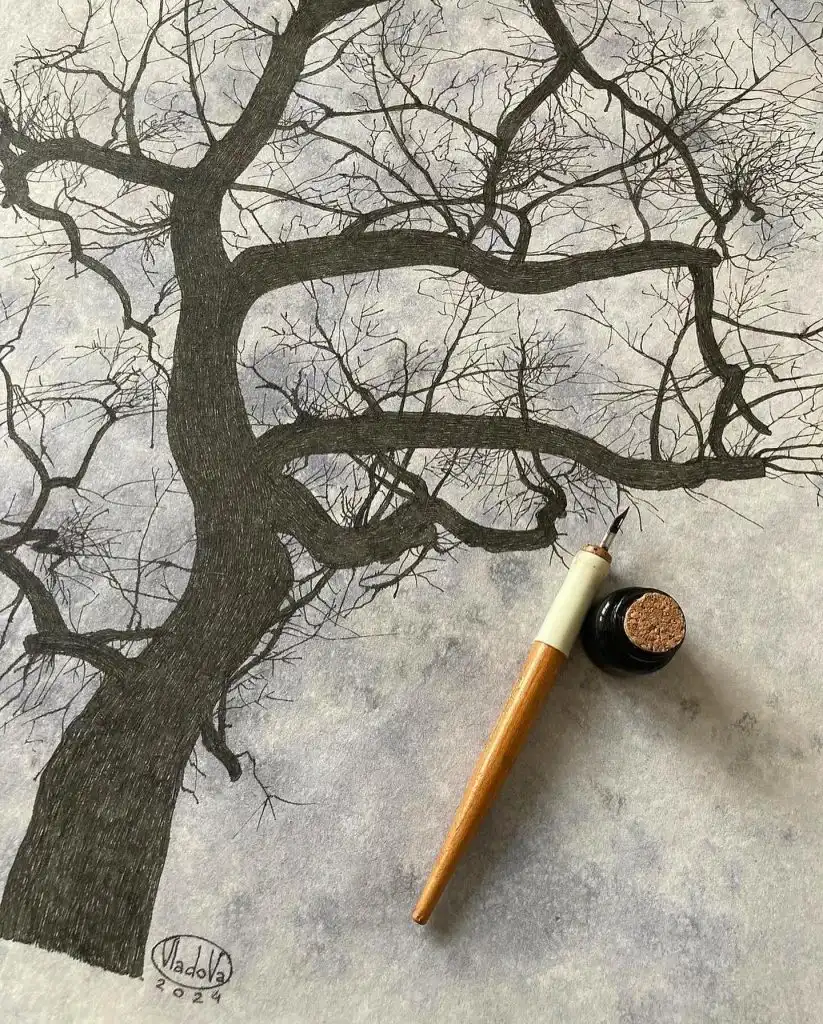
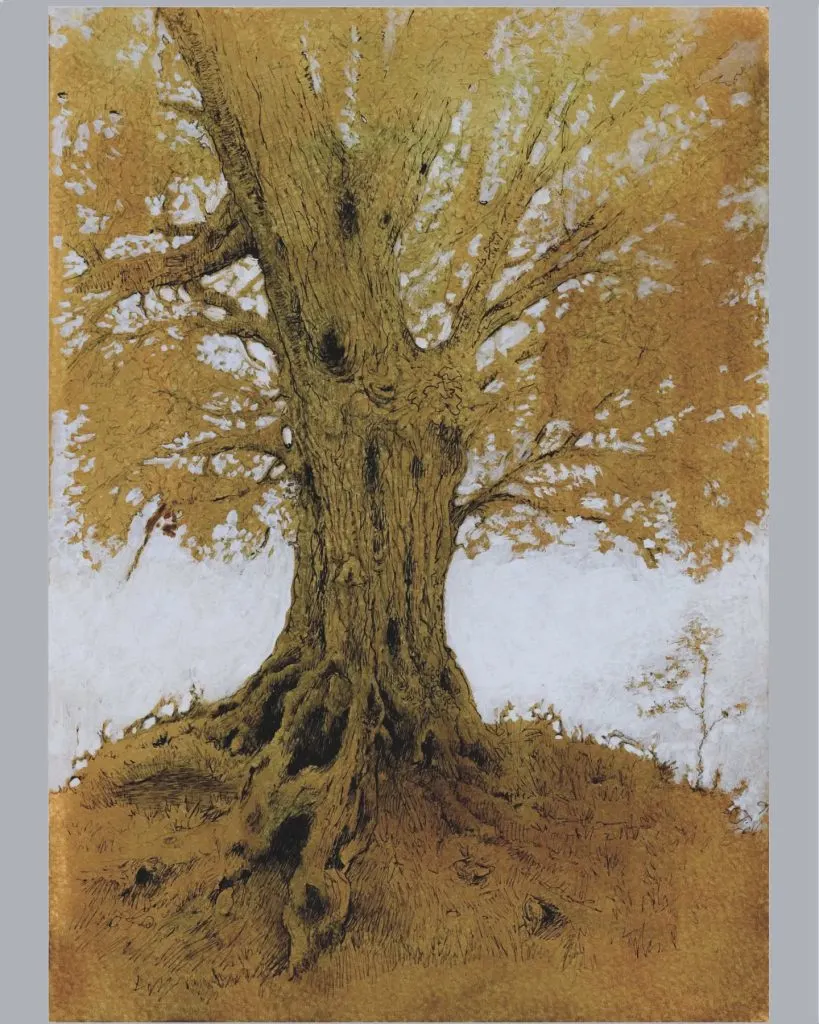
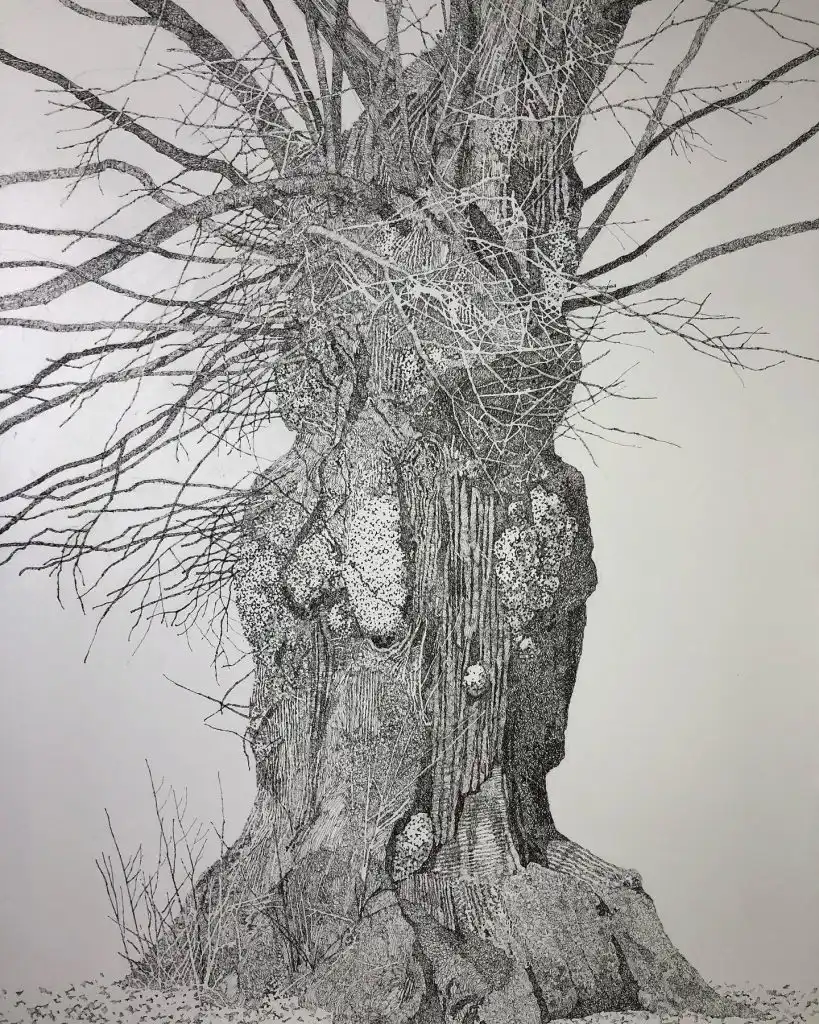
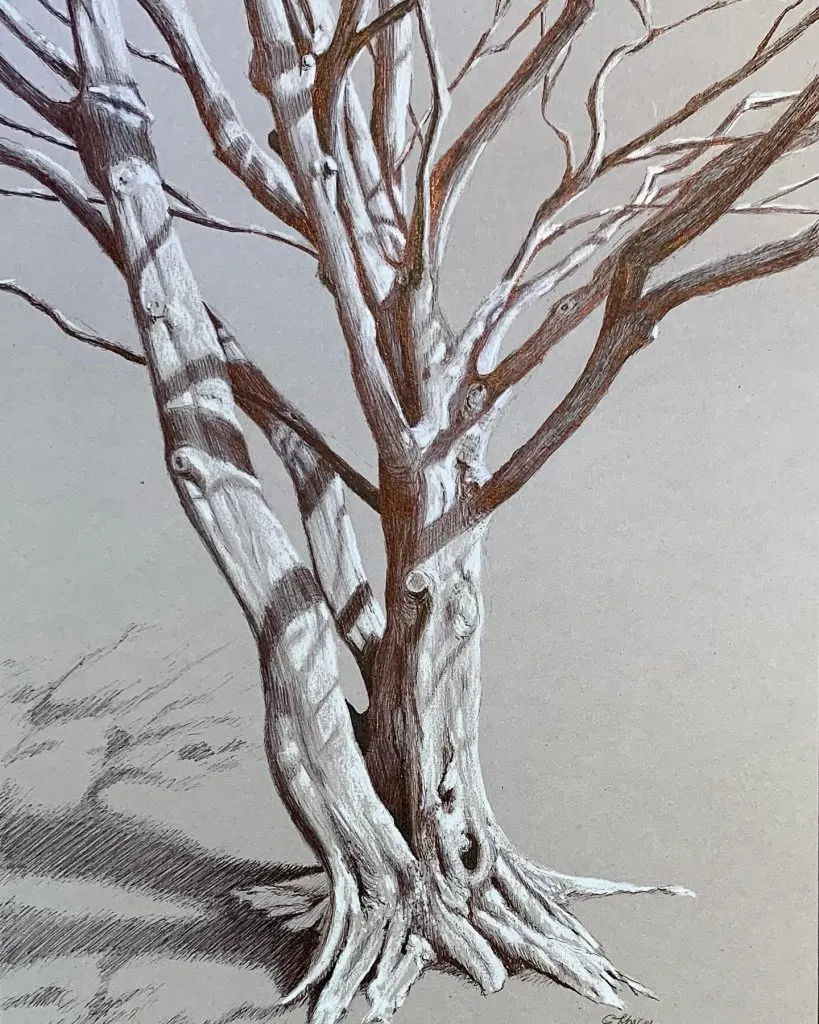
Conclusion
Tree drawings are more than just depictions of nature—they’re a celebration of its beauty and complexity. As you explore these 10 mindblowing examples, let them inspire you to create your own interpretation of these majestic forms. Grab your sketchbook, let your imagination take root, and see where your creativity leads.

